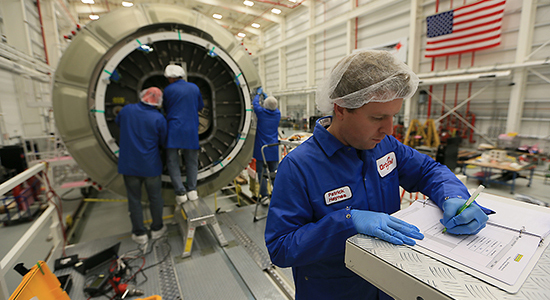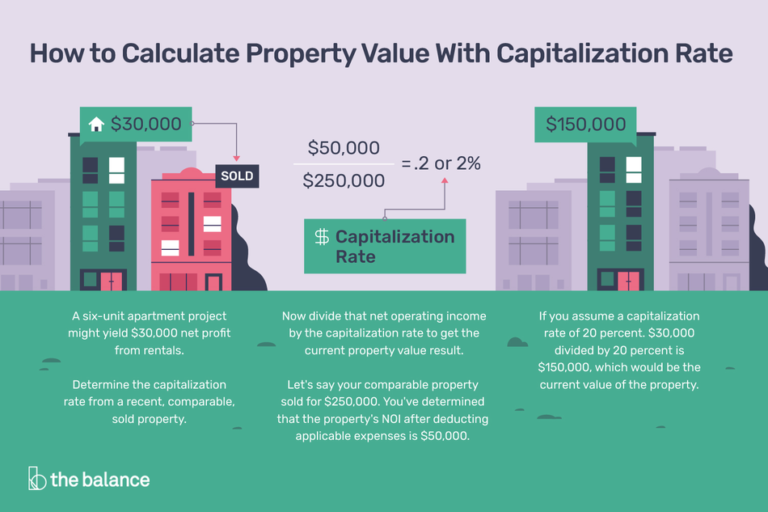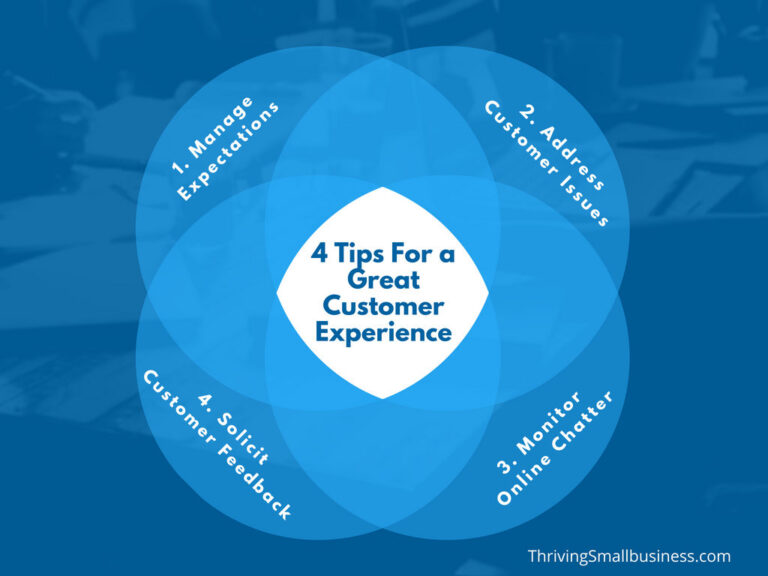What Is The Average Rent For Retail Space?
Looking to open a retail business but not sure how much you should budget for rent? Well, you’ve come to the right place! In this article, we’ll dive into the fascinating world of retail space rentals and uncover the average costs you can expect to pay. Whether you’re dreaming of a trendy boutique in a bustling shopping district or a cozy corner shop in a local neighborhood, understanding the average rent for retail space will help you make informed decisions and set realistic expectations for your business.
When it comes to renting retail space, the average costs can vary greatly depending on factors such as location, size, and demand. However, by exploring different regions and trends, we can gain valuable insights into the typical expenses associated with retail rentals. So, grab a cup of coffee and get ready to explore the exciting world of retail real estate! But before we delve into the average rent prices, let’s take a quick look at why location plays such a crucial role in determining the cost of retail space.
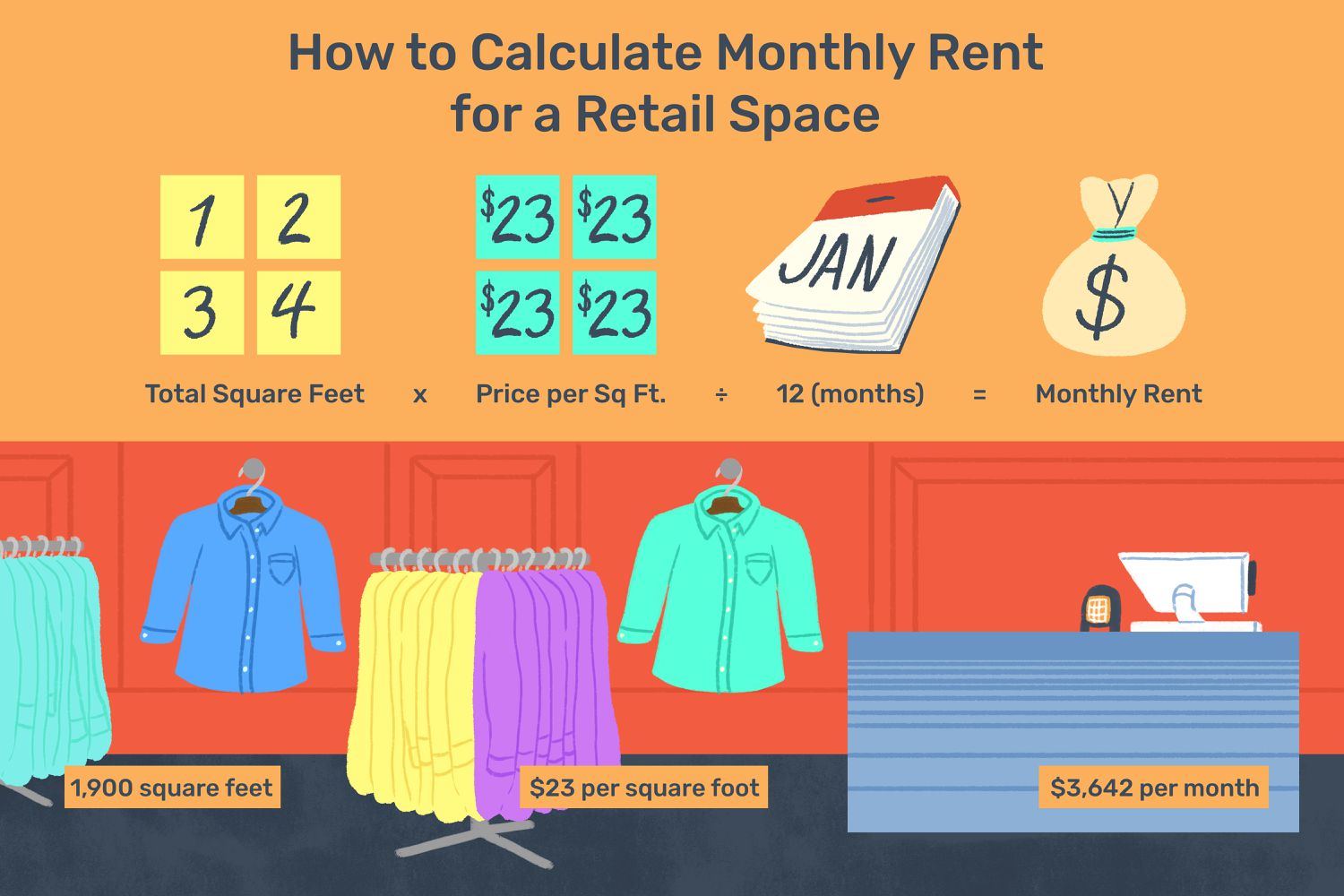
Understanding the Average Rent for Retail Space
When it comes to opening a retail store, one of the most critical factors to consider is the cost of rent. The average rent for retail space can vary significantly depending on various factors such as location, size, and market conditions. In this article, we will delve into the intricacies of average retail space rent and provide you with valuable insights to help you make informed decisions for your business.
Factors Affecting the Average Rent for Retail Space
The average rent for retail space is influenced by several key factors:
Location:
The location of the retail space plays a vital role in determining the average rent. Prime locations in bustling city centers or popular shopping districts often command higher rents due to increased foot traffic and visibility. On the other hand, retail spaces in suburban areas or secondary markets may offer lower rental rates.
Additionally, the desirability of the location, proximity to transportation hubs, parking availability, and the presence of complementary businesses can all impact the average rent for retail space.
Size and Layout:
The size and layout of the retail space also contribute to the average rent. Larger spaces tend to have higher rental rates, as they offer more square footage for businesses to operate. However, smaller spaces in highly sought-after locations may still command premium rents due to their scarcity.
The layout of the retail space is equally important. Spaces with open floor plans and flexible layouts are often preferred by retailers, as they can easily customize the space to suit their specific needs. Consequently, retail spaces with versatile layouts may have higher rental rates.
Market Conditions:
The overall market conditions, including supply and demand dynamics, can significantly impact the average rent for retail space. In a competitive market with high demand and limited supply, landlords may be able to charge higher rents. Conversely, in a market with excess retail space and low demand, landlords may lower rental rates to attract tenants.
It is crucial for retailers to stay informed about the current market conditions in their desired location to negotiate favorable rental terms.
The Average Rent for Retail Space in Different Locations
The average rent for retail space can vary significantly depending on the location. Let’s explore some examples:
1. New York City:
New York City is known for its vibrant retail scene, with renowned shopping destinations like Fifth Avenue and SoHo. The average rent for retail space in prime locations such as Fifth Avenue can range from $3,000 to $4,000 per square foot annually. However, in other areas of the city, such as the outer boroughs, the average rent may be significantly lower, around $200 to $400 per square foot annually.
2. Los Angeles:
Los Angeles is another major retail hub, with popular shopping destinations like Rodeo Drive and Melrose Avenue. In prime areas like Rodeo Drive, the average rent for retail space can range from $500 to $1,000 per square foot annually. However, in other neighborhoods, such as Downtown LA, the average rent may be more affordable, around $100 to $200 per square foot annually.
3. Suburban Areas:
In suburban areas, the average rent for retail space tends to be lower compared to major cities. Depending on the location and amenities, the average rent can range from $20 to $50 per square foot annually.
Tips for Negotiating Retail Space Rent
When searching for retail space, it’s essential to have a strategic approach to negotiating the rent. Here are some tips to help you secure favorable rental terms:
1. Research Comparable Properties:
Before entering into negotiations, research similar retail spaces in the area to understand the average rental rates. This knowledge will provide you with leverage during negotiations and help you determine a fair market price.
2. Assess Market Conditions:
Stay informed about the current market conditions in the desired location. If the market is competitive with high demand, be prepared to negotiate more aggressively. Conversely, if the market is slow, you may have more bargaining power.
3. Consider Lease Flexibility:
Landlords may be willing to negotiate on other aspects of the lease, such as lease duration or tenant improvement allowances, instead of the rental rate. Flexibility in these areas can result in more favorable terms for your business.
4. Seek Professional Assistance:
If negotiating commercial leases is not your area of expertise, consider seeking assistance from a commercial real estate agent or attorney. These professionals can guide you through the negotiation process and ensure you secure the best possible terms.
In Summary
The average rent for retail space varies based on factors such as location, size, and market conditions. Prime locations in major cities often have higher rental rates due to increased demand and foot traffic. However, rental rates can be more affordable in suburban areas. It’s crucial to conduct thorough research, assess market conditions, and negotiate strategically to secure favorable rental terms for your retail business.
Key Takeaways: What Is the Average Rent for Retail Space?
- Retail space rent refers to the cost of leasing a physical space for conducting retail business.
- The average rent for retail space varies greatly depending on location, size, and demand.
- In popular shopping districts of major cities, the average rent can be significantly higher than in suburban areas.
- Smaller retail spaces tend to have lower rents compared to larger spaces.
- It is essential for retail businesses to research and compare rental prices in their desired locations before making a decision.
Frequently Asked Questions
Question 1: What factors affect the average rent for retail space?
When determining the average rent for retail space, several factors come into play. The location of the retail space is one of the most significant factors affecting the rent price. Prime locations in busy shopping districts or popular malls tend to command higher rents compared to spaces in less desirable areas.
Other factors that can influence the rent include the size of the retail space, the condition of the property, the amenities provided, and the duration of the lease. Retail spaces with larger square footage or additional features like parking lots or storage areas may have higher rental rates. Additionally, shorter lease terms may result in higher monthly rents compared to longer lease agreements.
Question 2: Are there regional variations in the average rent for retail space?
Yes, there are regional variations in the average rent for retail space. Rental prices can vary significantly depending on the city or region. For example, retail spaces in major metropolitan areas or popular tourist destinations may have higher rental rates due to higher demand.
On the other hand, retail spaces in smaller towns or less populated areas may have lower rental prices. It’s important to consider the specific location when researching average rents for retail space, as it can greatly impact the overall cost.
Question 3: How can I determine the average rent for retail space in a specific area?
To determine the average rent for retail space in a specific area, you can start by researching local real estate listings and speaking with commercial real estate agents who specialize in retail properties. They can provide valuable insights into the current market conditions and average rental rates.
You can also check online platforms that list commercial properties for rent. These platforms often provide information on rental rates, property details, and contact information for property owners or agents. Additionally, industry reports and studies may offer data on average rents for retail space in different areas.
Question 4: Is it possible to negotiate the rent for retail space?
Yes, it is often possible to negotiate the rent for retail space. Landlords and property owners may be open to negotiation, especially if the space has been vacant for a while or if you are willing to sign a longer lease term. It’s important to come prepared with market research and comparable rental rates in the area to support your negotiation.
Additionally, if you are willing to make improvements to the space or sign a lease with more favorable terms, such as a higher security deposit or a longer notice period, it may increase your chances of negotiating a lower rental price.
Question 5: How can I budget for retail space rent?
When budgeting for retail space rent, it’s important to consider not only the monthly rental cost but also additional expenses such as utilities, maintenance fees, insurance, and taxes. These costs can vary depending on the size and location of the retail space.
It’s recommended to create a comprehensive budget that includes all these expenses to get an accurate estimate of the total cost. It’s also advisable to have some contingency funds set aside for unexpected expenses or fluctuations in the rental market.
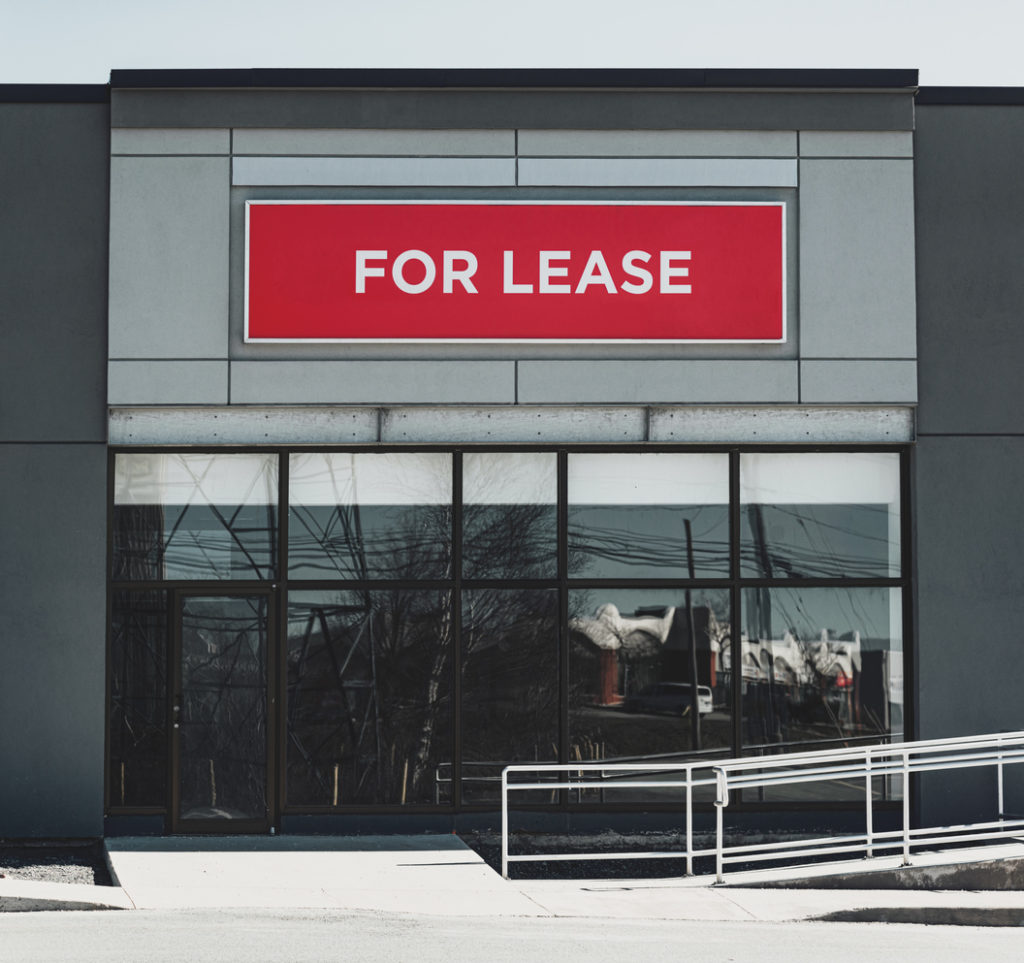
How to Calculate Commercial Rent [Price Per Square Foot Simplified]
Final Summary: What’s the Average Rent for Retail Space?
So, you’re curious about the average rent for retail space, huh? Well, let me break it down for you. The average rent for retail space can vary depending on various factors like location, size, and market demand. However, on average, you can expect to shell out around $20 to $30 per square foot annually.
Now, I know what you might be thinking – “That sounds like a lot of dough!” And you’re not wrong. Renting retail space can be a significant expense for businesses, especially for those just starting out. But here’s the thing, my friend, the cost of retail space is an investment in your success. The right location can attract customers like bees to honey and help your business thrive.
But don’t fret! There are ways to navigate the retail space rental game without breaking the bank. Consider exploring up-and-coming neighborhoods or areas outside of city centers, where rents might be more affordable. Negotiating a lease with flexible terms or seeking out shared retail spaces can also help lighten the financial load.
In the end, finding the right retail space at the right price requires a bit of research and strategic thinking. But with a little determination and some savvy decision-making, you’ll be well on your way to securing a space that not only fits your budget but also sets the stage for your business to shine. So, go forth, my entrepreneurial friend, and






